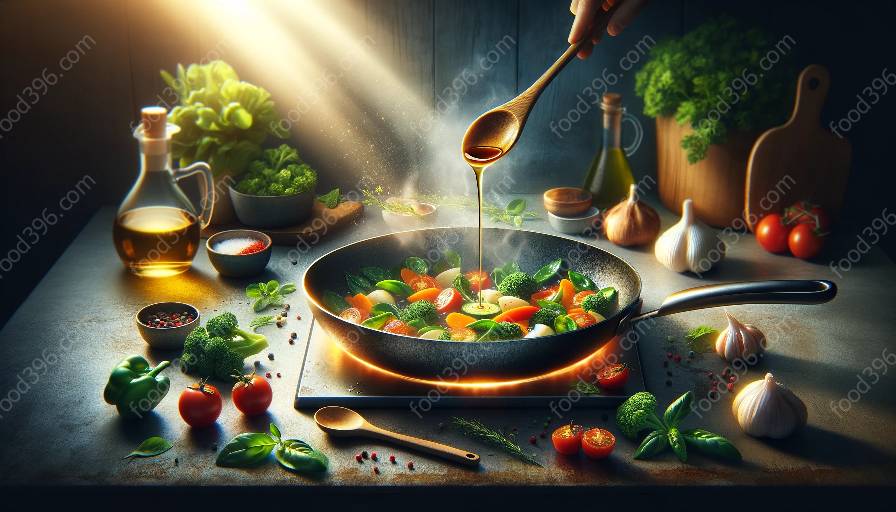Sautéing is a cooking method that involves quickly frying food in a small amount of oil or fat over high heat. Its versatility and ability to preserve the texture and flavor of the ingredients make it a popular choice among many chefs and home cooks. One particular technique within sautéing is flash sautéing, which takes the speed and agility of traditional sautéing to the next level. In this article, we will delve into the world of flash sautéing, exploring its benefits, tips, and delicious recipes.
Understanding Sautéing
Sautéing is a cornerstone of many cuisines, known for its ability to develop rich flavors and textures in a short amount of time. Traditionally, the technique involves cooking small pieces of food in a shallow pan over relatively high heat, with constant stirring or flipping to prevent burning and ensure even cooking. This method can be used for a wide range of ingredients, including meats, vegetables, and even fruits in certain cases.
The Essence of Flash Sautéing
Flash sautéing is an offshoot of traditional sautéing that emphasizes even higher heat and quicker cooking times. The goal of flash sautéing is to sear the surface of the ingredients while retaining their natural juiciness, flavors, and textures. This technique requires the cook to act swiftly and decisively, making it an exciting and dynamic method in the kitchen.
Key Advantages of Flash Sautéing
- Rapid Cooking: As the name suggests, flash sautéing is all about speed. By cooking ingredients over intense heat for a short period, you can achieve a perfect sear without overcooking the interior.
- Preservation of Nutrients: The brief cooking time helps to retain the natural nutrients and vibrant colors of the ingredients.
- Intense Flavors: The high heat involved in flash sautéing promotes caramelization and Maillard reactions, resulting in rich, complex flavors.
- Textural Contrast: When executed properly, flash sautéing can create a delightful contrast between the crispy exterior and tender interior of the food.
Guidelines and Tips for Flash Sautéing
- Prepare Ingredients in Advance: Given the swift nature of flash sautéing, it is crucial to have all ingredients prepped and ready to go before you start cooking.
- Use the Right Pan: A heavy-bottomed, nonstick skillet or sauté pan is ideal for maintaining high heat and preventing sticking.
- Control the Heat: Find the balance between intense heat for searing and avoiding burning. Usually, a combination of high heat and quick movements is the key.
- Keep It Moving: Constantly toss or stir the ingredients to ensure even cooking and prevent hot spots.
- Season Thoughtfully: Season the ingredients with salt, pepper, and any desired spices before or during the flash sautéing process to enhance the flavors.
Exciting Flash Sautéing Recipes
Here are a couple of delicious and quick flash sautéing recipes to get you started:
- Flash Sautéed Shrimp with Garlic and Lemon: In a hot skillet, quickly sauté shrimp with minced garlic, lemon zest, and a splash of white wine. Serve with a side of fresh greens for a delightful and healthy meal.
- Flash Sautéed Asparagus with Parmesan: Trimmed asparagus spears are flash sautéed until tender-crisp, then finished with a dusting of Parmesan cheese and a squeeze of lemon juice for a simple and elegant side dish.
Now that you have a grasp of flash sautéing and its potential, it's time to bring this dynamic technique into your culinary repertoire. Whether you're a seasoned chef or an enthusiastic home cook, mastering the art of flash sautéing can elevate your dishes and bring excitement to your kitchen.

